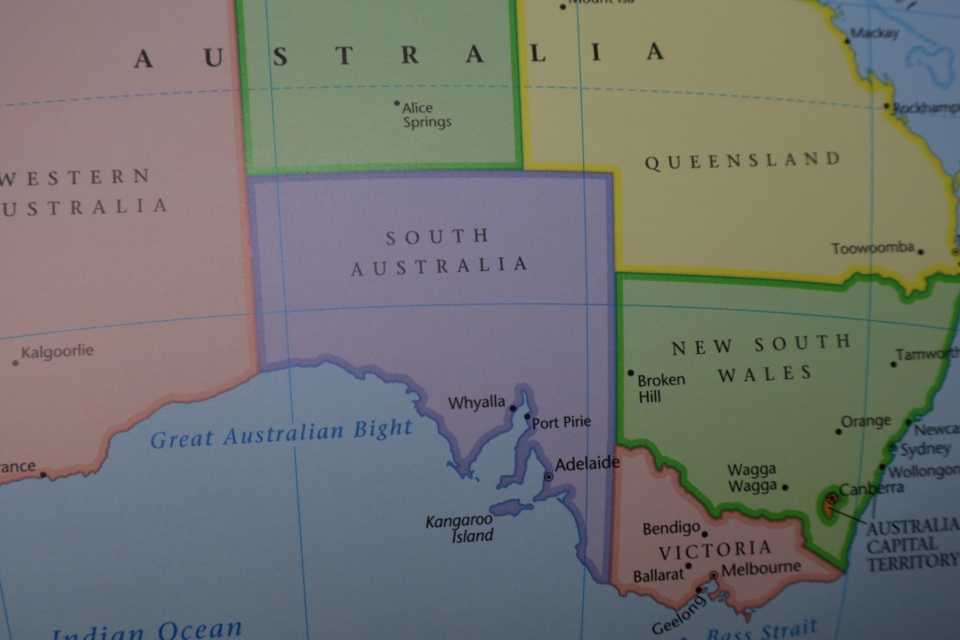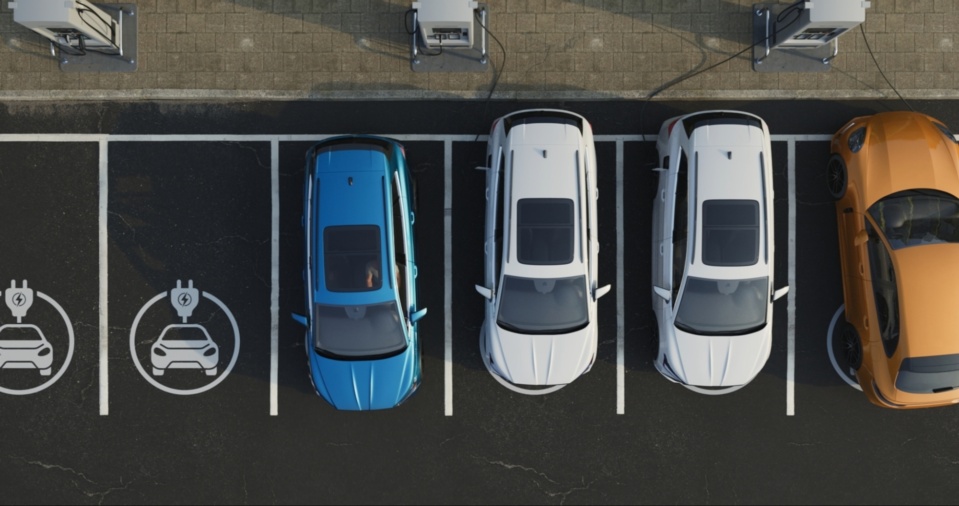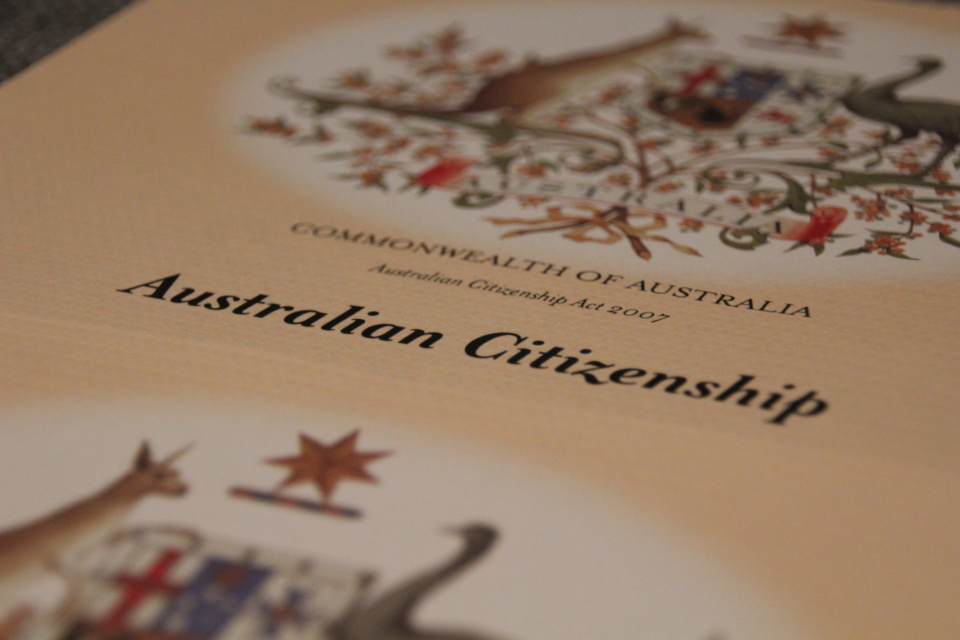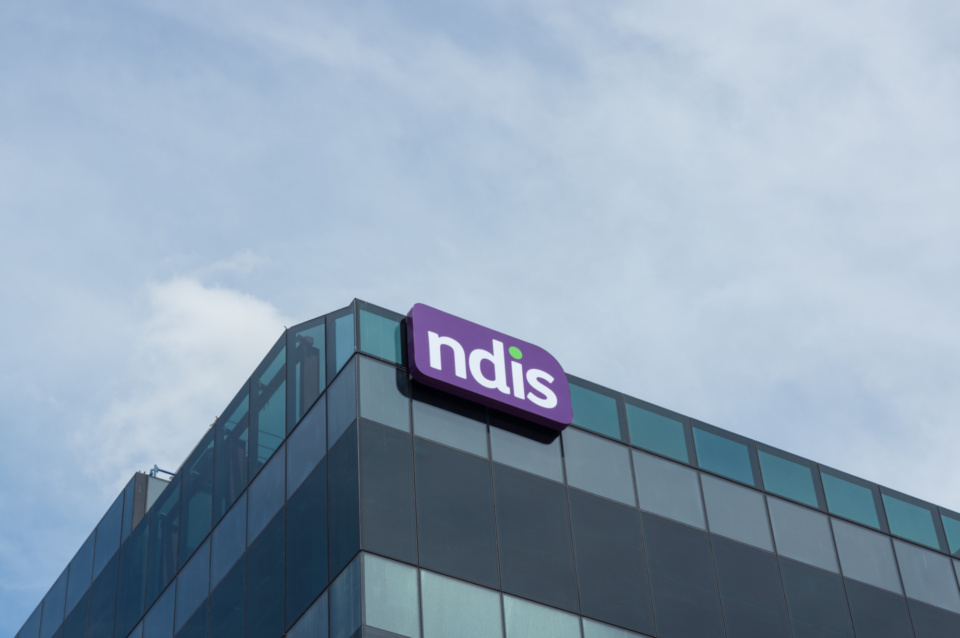
For community groups, federation is an eight-part headache
Posted on 03 Dec 2025
If you wanted an example of the problems inherent in federal systems, you couldn’t do better than…
Posted on 05 Nov 2024
By David Crosbie

It's time government recognised the important role the not-for-profit sector can play in strengthening community resilience when disaster strikes, says Community Council for Australia CEO David Crosbie.
We are now living on a warming planet. How much it warms is up to us, but we already know the climate has changed.
Extreme events are more common. The Australian disaster season, which generally runs from November to March, is going to see more severe storms, fires, floods and cyclones.
This reality is part of the reason government investment in disaster preparedness and recovery has risen to more than $20 billion a year across Australia. And it will continue to grow. We are talking huge levels of taxpayer-funded expenditure.
Last week two major reports were released by the government – the Glasser report (focused on governance arrangements in preparing for and responding to disasters) and the Colvin report (which addressed government funding for disaster resilience and response).
Both reports are significant. Neither are surprising.
I spent a full day at the National Emergency Management Agency (NEMA) in consultation with charities and NFPs last week.
What I have learned from these reports and my time with NEMA is that the fundamentals of community engagement are yet to be understood or reflected in the more military-like command-and-control approach of many government disaster management agencies. And perhaps that’s a good thing, at least at one level.
The skills, values and approaches needed to engage with local communities may not be all that useful if the most important life-saving task is to get a fleet of evacuation helicopters and first responders into difficult terrain within a very short window of time.
For someone stuck in a precarious position and needing immediate emergency help, a consultation about what was important to them or research mapping their social connections would probably not be high on the priority list.
My concern is that government efforts to build resilience are going to be misplaced. Ensuring there’s access to helicopters, pilots and fuel may be important in disaster preparedness and resilience, but a lot more can and should be done to enable us to live safer lives.
The Glasser report says:
“Climate change makes it fundamentally necessary to discard the notion that national-scale natural disasters happen only infrequently; they will rapidly become annual occurrences, with less and less “down time” for first responders to recover, relief supplies and emergency equipment to be replenished, infrastructure to be re-built, and for communities to re-establish their resilience.”
The issue of resilience is emphasised in the Glasser report. In fact, the report’s first key finding is:
“There is currently no ’home’ for resilience at National or Commonwealth levels of governance, which is undermining the efficiency and coherence of national efforts to prepare the country for rapidly accelerating risks.”
"If the Federal Government is serious about building resilience in communities and better adaptation to climate change, they have a very willing partner in the charities and NFP sector."
Building place-based community resilience is critical to our future capacity to live in an increasingly hostile environment.
Real resilience is not just about physical infrastructure and capacity, but also the social infrastructure, the level of connectedness across a community, the preparedness of individuals and groups within a community to work together, help each other out, to belong, and to find value in being part of collectively making things better.
The problem is that there is no clear recipe, no obvious service provider, no solution in a box that we can roll out into different communities across Australia.
In Cobargo, the Folk Club was the most important local community group outside of first responders. After the Ash Wednesday fires, recovery was driven largely by football and netball clubs. It was the Bermagui Surf Life Saving Club that provided shelter during the fires and helped recovery efforts.
The Lismore Koori Mail organised emergency relief after the floods, providing co-ordination, clothing and other supplies as well as up to 2000 meals a day from the Koori Kitchen – well before government agencies were offering any support.

I now watch with a sense of human pride inspired by the people of Valencia who have rallied to support each other after their disaster.
I point to these examples to highlight what resilience actually looks like in practice. There are many other examples, each unique to the location and the people involved.
If the Federal Government is serious about building resilience in communities and better adaptation to climate change, it has a very willing partner in the charities and NFP sector.
The question this raises is how do we realise that partnership? The answer partly lies in doing what the Albanese government said it would do when it came to power:

“Under our blueprint, an Albanese Labor government will establish the Not-for-profit Sector Expert Reference Panel to chart out a more productive future for Australian charities.... The panel would be supported by an ongoing ‘Building Community – Building Capacity’ Working Group. This group will help implement the panel’s recommendations and help steward the charity and community sector in its role as frontline responders in building a reconnected Australia.
“A crisis summer, followed by two years of lockdowns and social disruption, have shown how valuable it is to build resilient communities with flexible networks for social connections and shared experience. Drawing on trials, research and consultation, the working group will identify effective ways to amplify the community sector’s role addressing isolation and building community.
“The Building Community working group will work to bring new resources to the problem, publicise successful programs and demonstrate the social and economic value of better-connected communities...Only an Albanese Labor government will ensure a strong charity sector to support vulnerable Australians and build a more connected and caring country.”
If only the leaders in the Albanese government had listened to Assistant Charities Minister Andrew Leigh when he argued for these groups to be established and properly supported.
A well-resourced Building Community group or agency operating both within government and within the community sector could drive resilience and the strengthening of social infrastructure. It could work with the specialist disaster management agencies, direct the allocation of resources, conduct research to establish benchmarks, identify the level of social infrastructure and connectedness within at-risk communities, and promote successful resilience-building projects and programs to government departments and others.
It could make Australian communities more connected, more resilient.
We need some powerful people in government to join the dots and make the relatively minor investment needed to ensure we strengthen community resilience to climate change, pandemics, and all that living in Australia now demands.
It’s a tiny price to pay to save lives, reduce the cost of disasters, and give us all a better chance of living meaningful lives on a warming planet.
David Crosbie has been CEO of the Community Council for Australia for the past decade and has spent more than a quarter of a century leading significant not-for-profit organisations, including the Mental Health Council of Australia, the Alcohol and Other Drugs Council of Australia, and Odyssey House Victoria.

Posted on 03 Dec 2025
If you wanted an example of the problems inherent in federal systems, you couldn’t do better than…

Posted on 19 Nov 2025
When it comes to loyalty to car brands, it can be confusing who we should support, and, even more…

Posted on 05 Nov 2025
Before the Prime Minister gets too excited about his recent meeting with the American President, he…

Posted on 14 Oct 2025
The idea of "long term" is not something that sits well in the social media era, yet governments…

Posted on 30 Sep 2025
I am proud of what Our Community, and its exceptional team, have achieved in the past 25 years. As…

Posted on 16 Sep 2025
Happy Australian Citizenship Day! To mark the occasion, Our Community leader Denis Moriarty takes…

Posted on 02 Sep 2025
Words live, evolve, and sometimes die. Some words are invented from scratch, some are old words…

Posted on 26 Aug 2025
The cost of the National Disability Insurance Scheme (NDIS) is climbing relentlessly – $44 billion…

Posted on 04 Aug 2025
The new leader of the Liberal Party, Sussan Ley, wants to increase the proportion of women…

Posted on 08 Jul 2025
The United States wants Australia to spend more on its armed forces. That’s the way nations talk…

Posted on 26 May 2025
When it comes to citizenship, Australians want to have their cake and eat it too, writes group…

Posted on 19 May 2025
The lack of judicial partisanship in Australia compared to the United States is something to be…